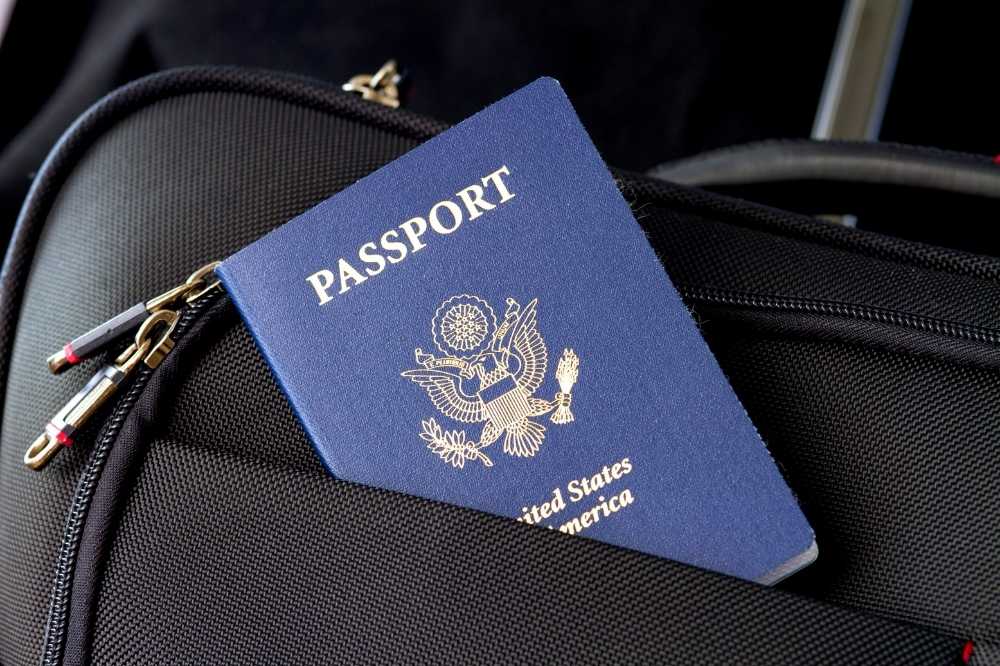Travel should be an exciting adventure, not a source of stress and frustration. Yet millions of travelers each year find themselves overwhelmed by the complexity of planning, documentation, and logistics that modern travel demands. The good news is that with proper preparation and the right strategies, you can transform your travel experience from chaotic to seamless, allowing you to focus on what truly matters: creating memorable experiences and exploring new destinations.
Understanding Modern Travel Challenges
The travel industry has evolved dramatically over the past decade, introducing both opportunities and complications. According to recent industry data, travelers spend an average of 15 to 20 hours planning a single international trip, with much of that time dedicated to researching visa requirements, comparing flights, and sorting through accommodation options. The proliferation of choices, while beneficial in many ways, has created decision fatigue that leaves many would-be travelers feeling paralyzed before they even book their first ticket.
Additionally, the post-pandemic travel landscape has introduced new layers of complexity. Health documentation, changing entry requirements, and fluctuating travel restrictions have made staying informed more critical than ever. Studies show that approximately 30 percent of travelers have experienced trip disruptions due to incomplete or incorrect travel documentation, resulting in denied boarding, delayed departures, or denied entry at their destination.
Streamlining Documentation Requirements
One of the most significant sources of travel stress comes from managing the various documents required for international travel. Passports, visas, tourist cards, and health certificates can quickly become overwhelming, especially when different countries have different requirements and processing times.
The key to managing travel documentation is starting early and staying organized. Most experts recommend beginning the documentation process at least three months before your intended departure date. This buffer allows time for unexpected delays, corrections, or additional requirements that may surface during the application process. Creating a dedicated folder, either physical or digital, for all travel documents ensures nothing gets lost in the shuffle.
Modern technology has made obtaining certain travel documents significantly easier than in the past. Many countries now offer electronic visa applications, and specialized services have emerged to simplify the process further. For instance, travelers can now obtain essential entry documents such as the Cuba tourist card from EasyTouristCard.com without navigating complex embassy procedures or waiting in long lines. These streamlined services handle the paperwork and logistics, delivering documents directly to travelers’ homes and eliminating a major source of pre-trip anxiety.
Mastering the Art of Itinerary Planning

A well-planned itinerary strikes the perfect balance between structure and flexibility. Research indicates that travelers who create loose itineraries, outlining major activities while leaving room for spontaneity, report 40 percent higher satisfaction levels than those who either over-plan or under-plan their trips.
Begin by identifying your must-see attractions and experiences, then build your schedule around these priorities. Account for realistic travel times between locations, considering local traffic patterns and transportation options. Many travelers make the mistake of packing too many activities into each day, leading to exhaustion rather than enjoyment. Travel consultants typically recommend no more than two to three major activities per day, allowing ample time for rest, meals, and unexpected discoveries.
Digital tools have revolutionized itinerary management. Apps and platforms allow you to consolidate confirmation numbers, addresses, and schedules in one accessible location. Many of these tools work offline, ensuring you have access to critical information even without internet connectivity.
Smart Packing Strategies
Efficient packing can dramatically reduce travel stress and increase mobility once you reach your destination. Statistics show that travelers who use packing lists are 65 percent less likely to forget essential items compared to those who pack spontaneously. Creating a master packing list that you refine and reuse for future trips saves time and reduces anxiety.
The capsule wardrobe approach has gained popularity among frequent travelers. This strategy involves selecting versatile, mix-and-match clothing items in a coordinated color scheme, allowing you to create multiple outfits from fewer pieces. Most seasoned travelers recommend packing clothes for half the trip duration, planning to do laundry or wear items multiple times.
Leveraging Technology and Resources
Technology has become an indispensable ally in creating hassle-free travel experiences. Flight tracking apps provide real-time updates on delays and gate changes. Translation apps break down language barriers, making navigation and communication in foreign countries significantly easier. Mobile payment systems reduce the need to carry large amounts of cash or worry about currency exchange rates.
However, technology should complement, not replace, basic travel preparedness. Downloading offline maps, storing digital copies of important documents in cloud storage, and carrying portable chargers ensures you remain connected and informed regardless of circumstances.
Preparing for the Unexpected
Despite the best planning, travel inevitably includes unexpected challenges. Building contingency plans and maintaining a flexible mindset transforms potential disasters into minor inconveniences. Travel insurance, while often overlooked, provides financial protection and peace of mind against trip cancellations, medical emergencies, and lost luggage.
By approaching travel with thorough preparation, smart organization, and the right tools and services, you can minimize stress and maximize enjoyment, turning every journey into the adventure it was meant to be.

